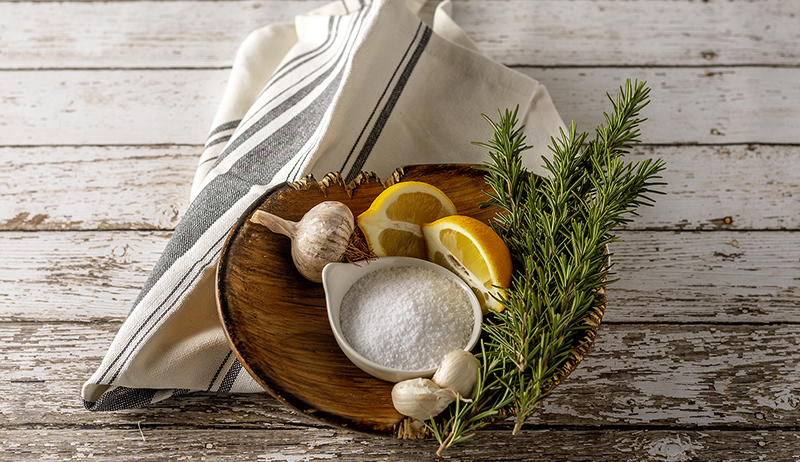What chickens lay pink eggs? This article discusses seven pink egg-laying chickens to add color to your egg basket and personality to your flock.
1. Speckled Sussex
One of the most common brown egg-layers kept in backyard flocks, the Speckled Sussex is a well-loved breed. However, while the breed is known for its brown eggs, it may be surprising that this popular chicken can also lay pink eggs.
This breed’s hens are curious and friendly, thriving on human interactions. Speckled Sussex hens are active and need plenty of mental stimulation to keep them happy. In mixed flocks, Sussex can bully more docile breeds.
Speckled Sussex hens lay an average of 4-5 medium light brown to pink eggs weekly (150 eggs annually). While they may not put out the same number of eggs per year as other breeds, the number rarely decreases for the first four years of their lives.
Color Varieties: Speckled is the only common variety in the United States.

2. Java
The Java is a fair egg layer producing three-to-four large eggs weekly (about one hundred to one hundred and fifty eggs annually). Eggs vary in color from light to dark brown to orange, pink, and green. One of the most exciting things about Java hens is that one hen does not consistently lay the same colored egg, as egg color varies significantly throughout the laying season.
Java chickens are calm, sweet, and friendly. Their docile nature makes them ideal pets for children. This breed does well in a mixed flock with other docile breeds.
Java hens are also known for their quiet temperaments.
Color Varieties: Black and Mottled (Mottled is the most popular color option in the U.S.).
3. Black Australorp
Perfect for the novice, the Black Australorp can be an often overlooked choice when considering what chickens lay pink eggs. Primarily considered a brown egg layer, Australorp hens occasionally lay eggs tinted in pink.
The breed’s sweet nature makes it ideal for young children and novices. Although black Australorp hens may appear shy at first, they quickly forget their shyness if handled frequently.
Australorp hens are egg-laying rockstars, averaging 5 – 6 light brown eggs per week (about 220 – 240 eggs per year), and lay an average of 4 years.
Color Varieties: Black is the primary color available in the U.S.
4. Buff Orpington
The golden retriever of the chicken world, Buff Orpingtons, are sweet, friendly, people-loving chickens. The breed is one of the most popular chickens kept in backyard flocks, and it’s easy to see why. With their exceptionally soft golden-colored feathers and endearing personalities, the Buff Orpington is an ideal choice for children, novices, and veteran chicken keepers alike.
Buff Orpingtons lay an average of 3 – 5 light brown or pink eggs per week (120 – 150 eggs annually) and will lay for three years.
Color Varieties: Black, Blue, Buff, Jubilee, Lavender, and White, with Buff being the most common color.
5. Silkie
With their hair-like feathering, sweet temperaments, and excellent mothering abilities, Silkies have proven they are no ordinary chicken.
Silkies make excellent family pets. Their sweet, docile, and endearing nature makes them hard to resist, even for non-chicken-loving people. However, their sweet, docile nature disadvantages them in mixed flocks. To prevent this breed from being severely bullied, housing them separately from aggressive breeds is advised. Silkie hens are also wonderful mothers, happily sitting on eggs and raising chicks.
Silkie hens are good bantam egg layers averaging 3-4 small light tan, cream, or pink eggs weekly (100-150 eggs annually).
Color Varieties: Black, Blue, Buff, Gray, Partridge, and White.
6. Salmon Faverolles
What chickens lay pink eggs and have five toes? Salmon Faverolles. This breed has won the hearts of many backyard flock owners. These curious and energetic chickens make lovely pets and love interacting with people of all ages. They are also an ideal breed for the novice.
Both the hens and roosters are adaptable (although they should not be allowed to free-range) and have a calm and gentle disposition.
Salmon Faverolles hens are good egg producers, averaging four tinted, light brown, or pink medium-sized eggs weekly (about 150-200 eggs annually).
Color Varieties: The American Poultry Association (APA) recognizes the breed in two colors, Salmon and White. Salmon is the only color available from most hatcheries.
7. Easter Egger
What chickens lay pink eggs? Easter Eggers! This delightful chicken doesn’t just lay pink eggs but also blue, green, or brown eggs, earning this breed its name. Easter Egger hens are excellent producers, averaging 4 – 6 large/extra large pink, blue, brown or green eggs weekly (250 – 280 eggs annually).
Easter Egger hens have earned their popularity not only with their colorful egg baskets but also with their charming personalities. This chicken’s curious, gentle, and social personality is ideal for families with children, as it thrives with human interactions.
Their calm and gentle nature makes them easily bullied by more aggressive breeds, so care should be taken to ensure these gentle birds are not bullied.
Color Varieties: This unique chicken comes in many colors that do not breed true.
Now that you know what chickens lay pink eggs consider adding one of these seven pink egg layers to add color to your egg basket.
This story about what chickens lay pink eggs was written for Chickens magazine. Click here to subscribe.






















